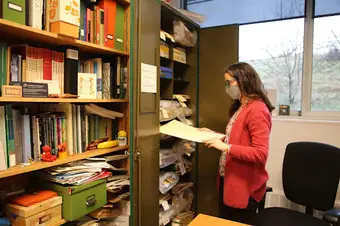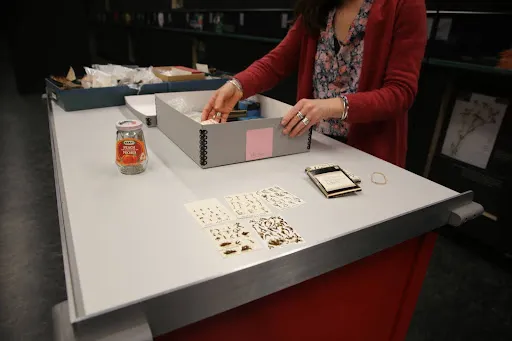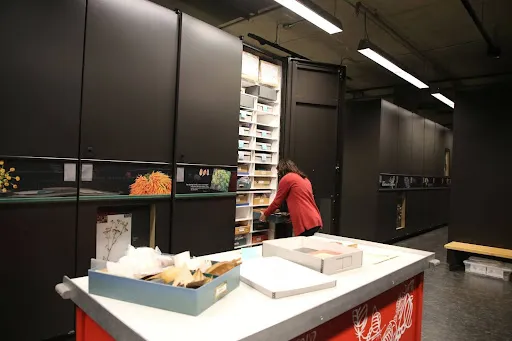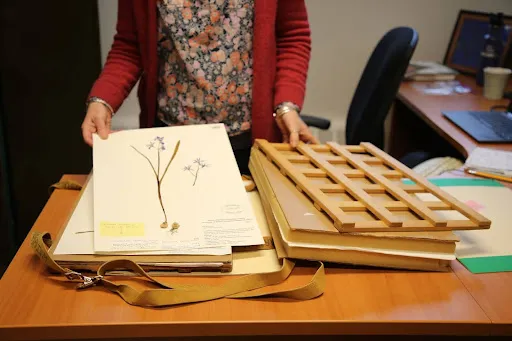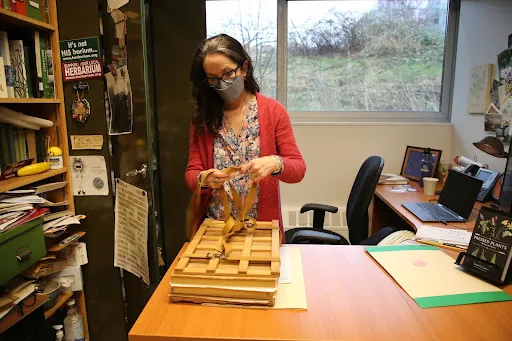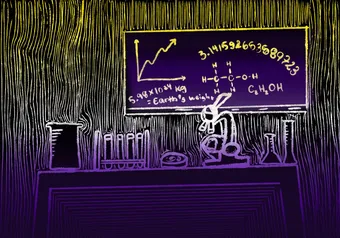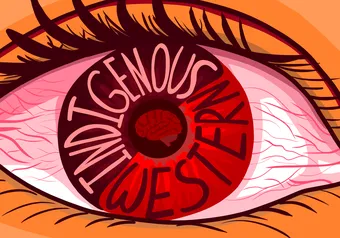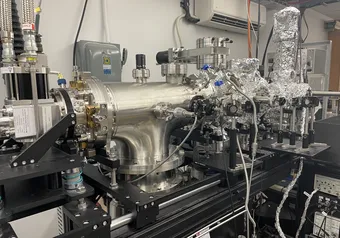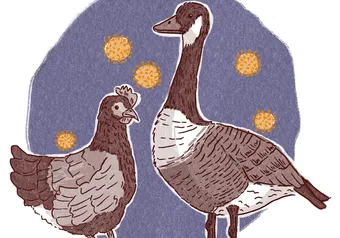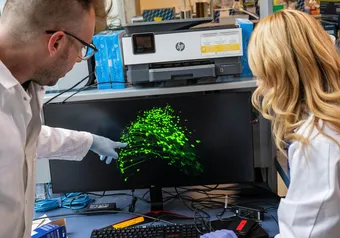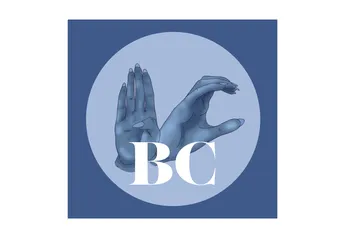Linda PJ Lipsen opens her office cabinet and pulls out a file folder, containing a photo of a tiny ordinary-looking piece of moss.
It is one of almost a million specimens stored at the University of British Columbia’s herbarium, the largest herbarium in western Canada, and they each provide a uniquely important window into history and climate change patterns.
The moss is almost 200 years old, making it one of the oldest in the herbarium. Most importantly, botanists call it a type specimen — the original specimen from which a new species is described.
In her 17 years as the herbarium’s collections curator, the moss remains one of her favourites. “It’s just a whole bunch of wonderful stories, all in one little specimen,” said Lipsen. Botanist J.D. Hooker collected it on what Lipsen calls one of the most important expeditions to the Antarctic, hence the name Sphagnum antarcticum.
During her workshops and herbarium tours, Lipsen also highlights the many uses of the specimens — from tracing where the victims of murder investigations originated, to documenting how beetles have been shrinking due to warmer temperatures.
A couple of rare specimens were also kept in their original packaging — a peach jam jar, cigarette boxes and whatever camping supplies were available.
“What I like is people being in the collections,” said Lipsen, explaining that this was kept intact to preserve the personality of the collector.
Student researchers and volunteers play a large role in the herbarium’s collection and preservation. Erika Brauner, a fourth-year biology student, loved volunteering so much that she applied to work with Lipsen as a herbarium technician.
“She’s just so passionate about everything that she does, she's always talking about her life and telling us little stories,” said Brauner. “I’ve learned so much about important historical botanists, like John W. Eastham, just from little stories from Linda.”
During the pandemic, Lipsen turned her passion into a book, Pressed Plants, that aims to be an accessible guide to collecting plant specimens.
“There's tons of websites on how to collect plants, but they're always missing little bits — they either assume you don't know anything, or they assume you know a lot,” said Lipsen.
Her book, which launched in February, provides guidance on taking a good sample and respecting the land it comes from.
“I really wanted to encourage people to collect because these collections are not built by me, they are not built by my tech, they are not built by my curators,” said Lipsen. “They are built by curious people who are obsessed, who want to press plants, and then bring them in and make sure they get shared with the rest of the world.”
Brauner hopes that Lipsen’s book will help revive collecting. It dropped off unexpectedly in the 1970s and didn’t reignite until the 1990s when people learned they could extract DNA from specimens. “I think it's just a sad little dying art, but hopefully this will bring it back a bit,” she said.
Lipsen explained that these gaps in the record are not only mysterious — they make it harder to study patterns. “We'll have folders and folders and folders from the 50s and 60s, and then it just stops and I don't know exactly why,” said Lipsen.
Comparing specimens over time can help track whether plants and animals are moving further north for colder climates, growing or shrinking in size and whether plants and their pollinators are reacting to climate change in a way that will continue to allow them to co-exist.
“If we're really concerned about the polar bears, and we're really concerned about the caribou, we really need to understand what they're eating and where those plants are moving over time,” said Lipsen.
Brauner also sees herbariums as libraries, where researchers can touch, extract DNA and borrow from the collection for their experiments.
It doesn’t take an expert to take a specimen and contribute to the herbarium. “It just takes somebody to look and observe,” said Lipsen. “If you see a new pattern, if you see a new colour—pick it up, take a picture, talk to somebody about it.”]
After attending one of Lipsen’s workshops, a couple of naturalists discovered a new kind of blackberry that had never been seen in B.C. They knew what to look for and how to take a specimen. Now, the DNA has been extracted and is helping researchers figure out where it came from.
Professionals usually use a plant press to flatten and preserve specimens, but you don't need one. Brauner said, “if you're going out and getting thousands, a more professional plant press is usually much easier, but I've pressed plants just at home with a book.”
The herbarium will offer various upcoming workshops and events, with a chance to examine some of Lipsen’s favourite specimens and tour the herbarium. Of course, the small piece of moss will make an appearance.
First online
Share this article


